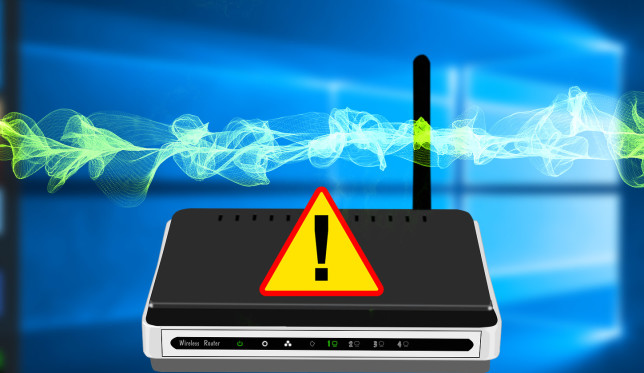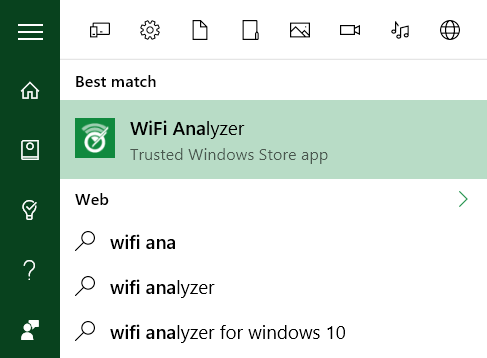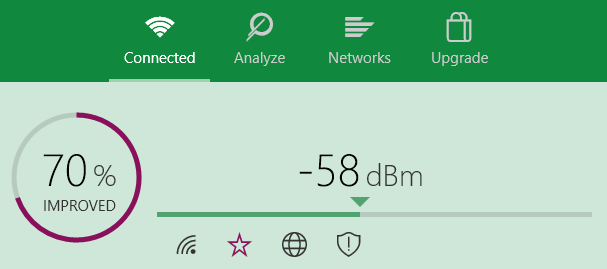If your wireless connection is lagging and slow, you may suffer from Wi-Fi congestion, something typically found in apartment complexes or high population density neighborhoods. Fortunately, the issue isn’t difficult to fix.

Similar to radio, Wi-Fi is a form of invisible radiation. And just like all forms of radiation, Wi-Fi’s physical shape (frequency) is much like a wave. It’s not limited to a single shape: there are a variety of Wi-Fi frequencies used by computers, such as 2.4 GHz and 5 GHz. 2.4 GHz only offers three non-overlapping channels, while 5 GHz offers 23; shorter range means fewer overlapping radio signals.

The concern with 2.4 GHz is that many consumer Wi-Fi technologies use the same frequency, and there are only three non-overlapping channels available. Additionally, 2.4 GHz retains a long range, which leads to several Wi-Fi signals overriding one another.
To solve this problem, identify which channels aren’t congested and switch your device over to it. If that doesn’t work, you may need to change your router over to a 5 GHz model.
Aside from this, there are tools to help solve Wi-Fi congestion. First, you must identify which Wi-Fi channel offers speed and reliability. Then, you must change your router’s channel, which involves using a Wi-Fi analyzing tool and changing a setting on your router.
On Windows, you can identify crowded out channels by using tools such as WiFi Analyzer. For those without access to the Windows Store, we recommend NirSoft’s WifiInfoView.
Using WiFi Analyzer:
To use a WiFi Analyzer, you simply install and run the app. It can be launched by going to Windows Search (Windows key + Q), typing WiFi Analyzer, and selecting the Store result. Note: you may have to install the app before you can proceed to launch.

The tool will detect your Wi-Fi signal strength, ranging anywhere from -0 to -100 decibel milliwatt (dBm); the lower it is, the better. At -0 dBm, you are right next to the transmitter, and at -100 dBm, the connection won’t work. A number lower than -70 ensures a reliable connection, while -80 dBm or higher means a poor connection.

Next, click Analyze in the top menu bar. WiFi Analyzer will display a visualization of the different overlapping Wi-Fi networks in the user’s vicinity. Each channel is a number between 1 and 161, and if two networks broadcast the same channel, you’ll see the overlap.
This is what it looks like if two networks overlap:

The WiFi Analyzer doesn’t recommend the fastest channel; it suggests the one with the most reliable connection. (The higher the channel number, the faster it is.)
Changing router channel:
After you’ve established which Wi-Fi channel works best, you’ll need to change your router’s settings. Accessing its settings varies between different models of the router, but the same general rules apply:
NetGear routers: In your browser, navigate to http://routerlogin.net.
TP-Link routers: In your browser, navigate to http://tplinklogin.net
Linksys routers: In your browser, navigate to 192.168.1.1.
Most routers use “admin” as the login and “password” as the password. If that doesn’t work, the login details may be printed on the back of the router or in the instruction manual.
After you’ve changed the router channel, the best way to tell if the network speeds have improved is through testing. We recommend using SpeedTest.net as it determines which Wi-Fi channels possess the optimum combination of speed and reliability. If the Wi-Fi connection is still lagging, you may want to seek out other methods for improving router performance.
Via MakeUseOf
Advertisement
Learn more about Electronic Products Magazine





